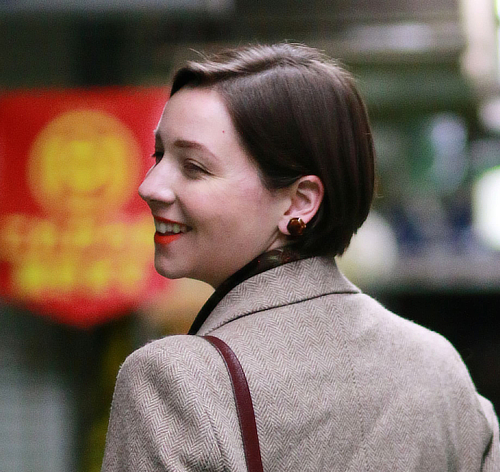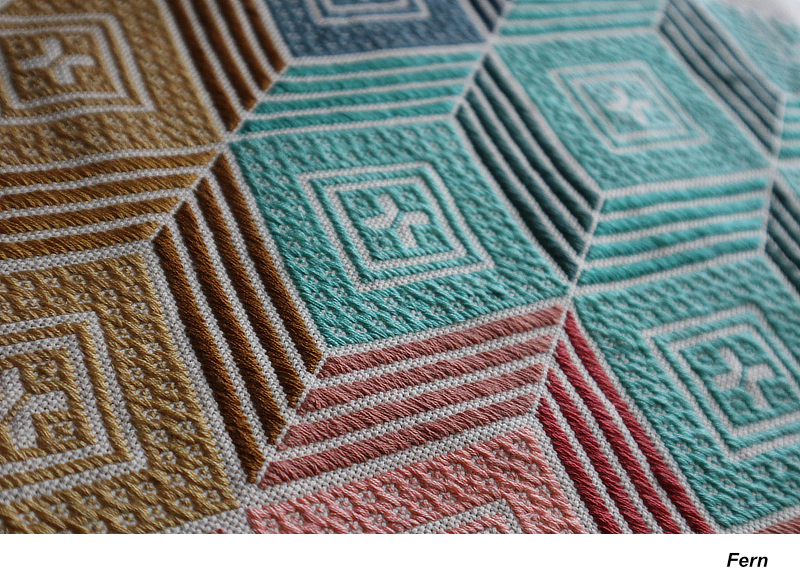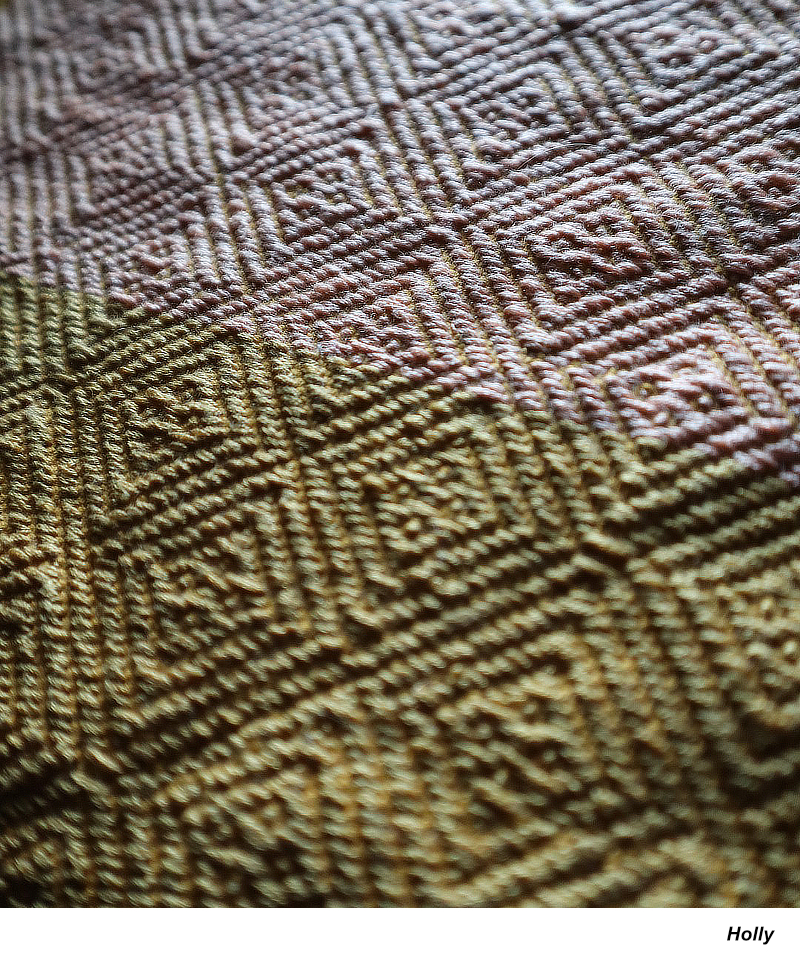
Tell a little bit about how you first got into creating art.
It probably started from the same place as many others: at the kitchen table, where I spent a disproportionate amount of my childhood drawing pictures. Drawing was my preferred way of organizing my thoughts, making sense of the world around me, and experimenting with my own visual expression. While I explored other professions and eventually became a researcher, I revisited this intrinsic art practice a few years ago when I picked up embroidery for the first time.

I guess the “tactile experience”, of stitching and touch, is a bit more important to me than the “visual experience”
What is your source of inspiration?
I take inspiration from both Japanese koginzashi embroidery and American loom techniques. I am an American, but have been living in Japan for several years now. I was introduced to koginzashi embroidery and have practiced it while living in Japan, but I infuse my designs with patterns and motifs from my heritage, particularly through my paternal grandfather, who worked as a textile designer for bedspreads back in Maine. Koginzashi, too, was created for utilitarian and community needs in northern Japan during the Edo-period. Its repetitive patterns are constructed from symbols which carry meaning, and adorned clothes not just for aesthetic value, but to reinforce them and provide protection from the elements. The function of both mediums is to provide protection, safety, comfort, and warmth. The stitching process and reconciliation of these cultural motifs, for me, provides a similar function.

What themes does your work involve?
They say “there is a time and place for everything”, that everything has a proper time and place in our world. As an artist who reconciles her work between two places in time, my embroidery takes this notion and runs with it. I would say it is a process of anchoring within displacement: reflecting on or responding to events and moments in time, while grounding myself in the foreign culture in which I live and work and being physically separate from them. My work uses Japanese embroidery techniques to thread my life in a foreign place and draw connections back home in the United States, in Maine. For example, "Field", the work featured in the juried exhibition, uses koginzashi techniques to depict a personal memory of clover-hunting with my sister in our family yard. "Fern" constructs a memory of my grandfather, a textile designer, by using his preferred midcentury color palette. "Holly" was stitched after the sudden passing of my beloved pet while I was abroad and unable to be with her, using only the colors of her pink nose and sunflower-yellow collar.

What is important to you about the visual experiences you create?
I fear my work is quite selfish, seeing as each embroidery is borne from an introspective process. There is a tactileness to them, in the process of stitching and the finished product. I always encourage people to run their hands along my embroideries! I guess the “tactile experience”, of stitching and touch, is a bit more important to me than the “visual experience”.
Do you work from memory, life, photographs, or from other resources? Describe your creative process.
Memory and lived experiences, for sure. I don't have the practice of sketching or planning my work: I stitch in the moment, like writing the first line of a journal entry, and the pattern grows from there.
What is your favorite art accident? Did it change your perspective?
Maybe starting Japanese embroidery is my favorite art accident. Being introduced to koginzashi was a happy accident in and of itself, and became a grounding technique for me to both connect with my new community and explore my own heritage. Rather than focusing on depicting something visibly recognizable, with a narrative, stitching became a meditative practice and vessel for me. I think it is important to value art as an everyday practice for one's self, as a way to liase between one's self and the world around them and process life, both the reality of it and the possibilities. It is what we naturally are drawn to do as children with crayons and chalk: in adulthood, my method of choice became stitching.
